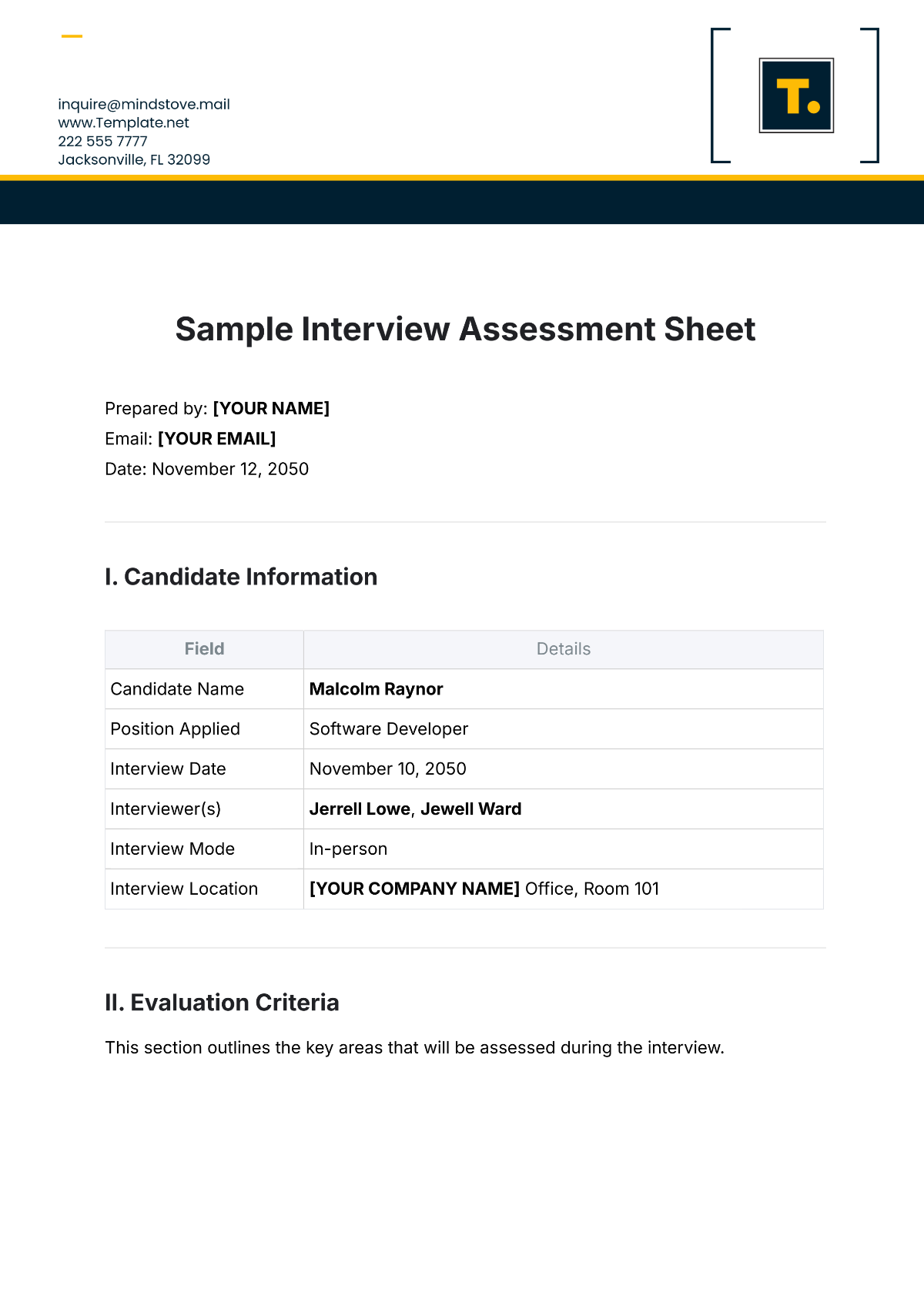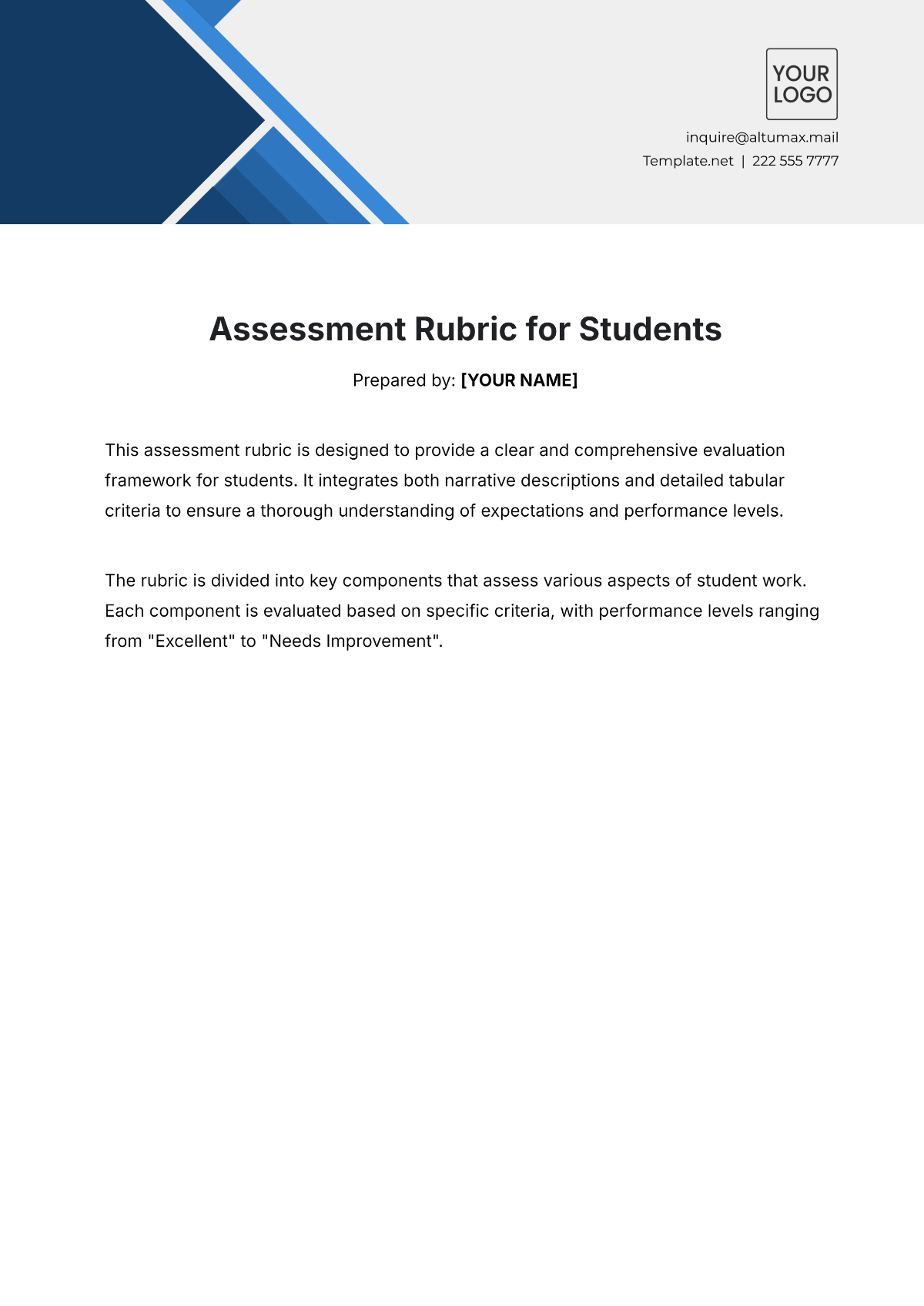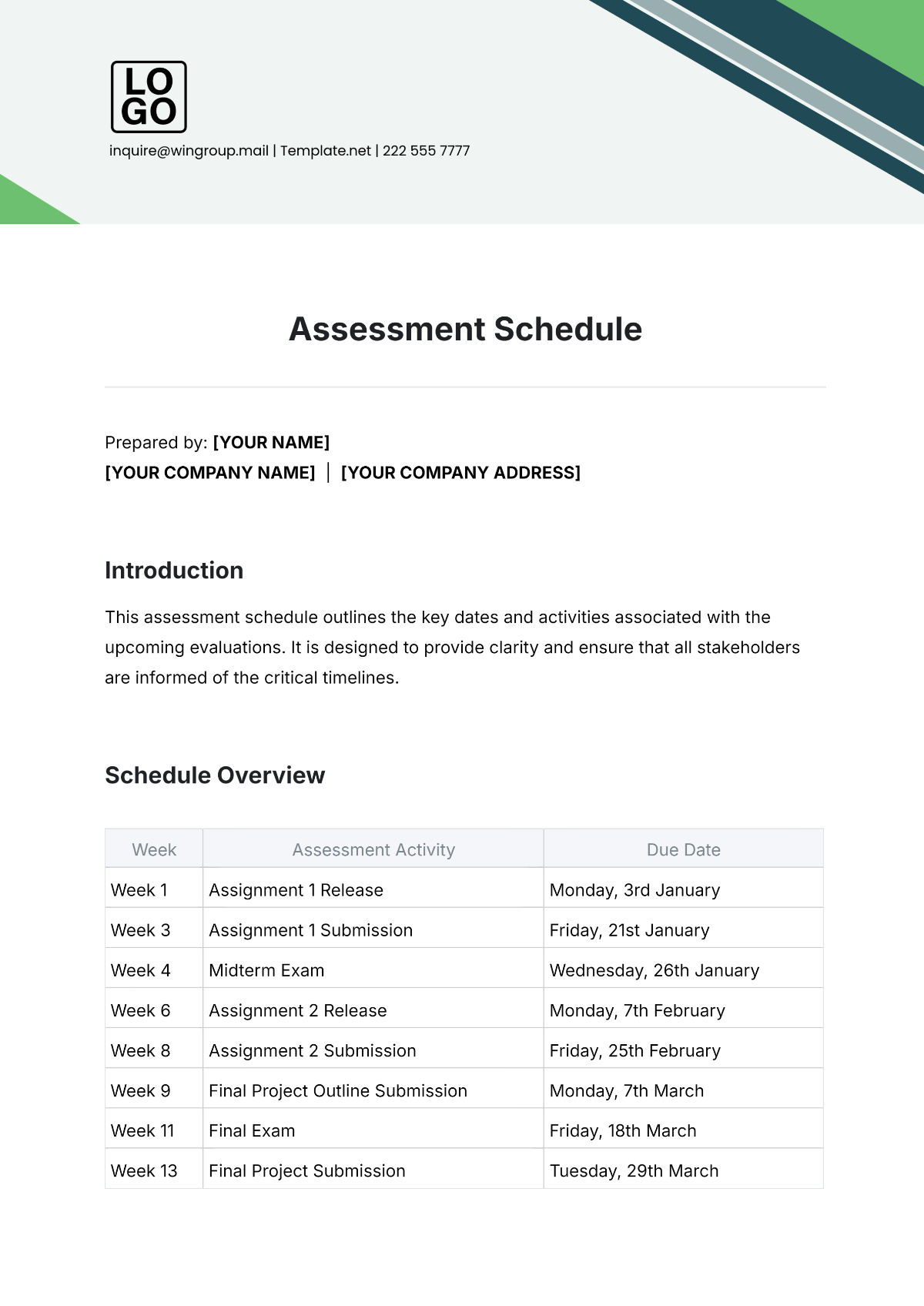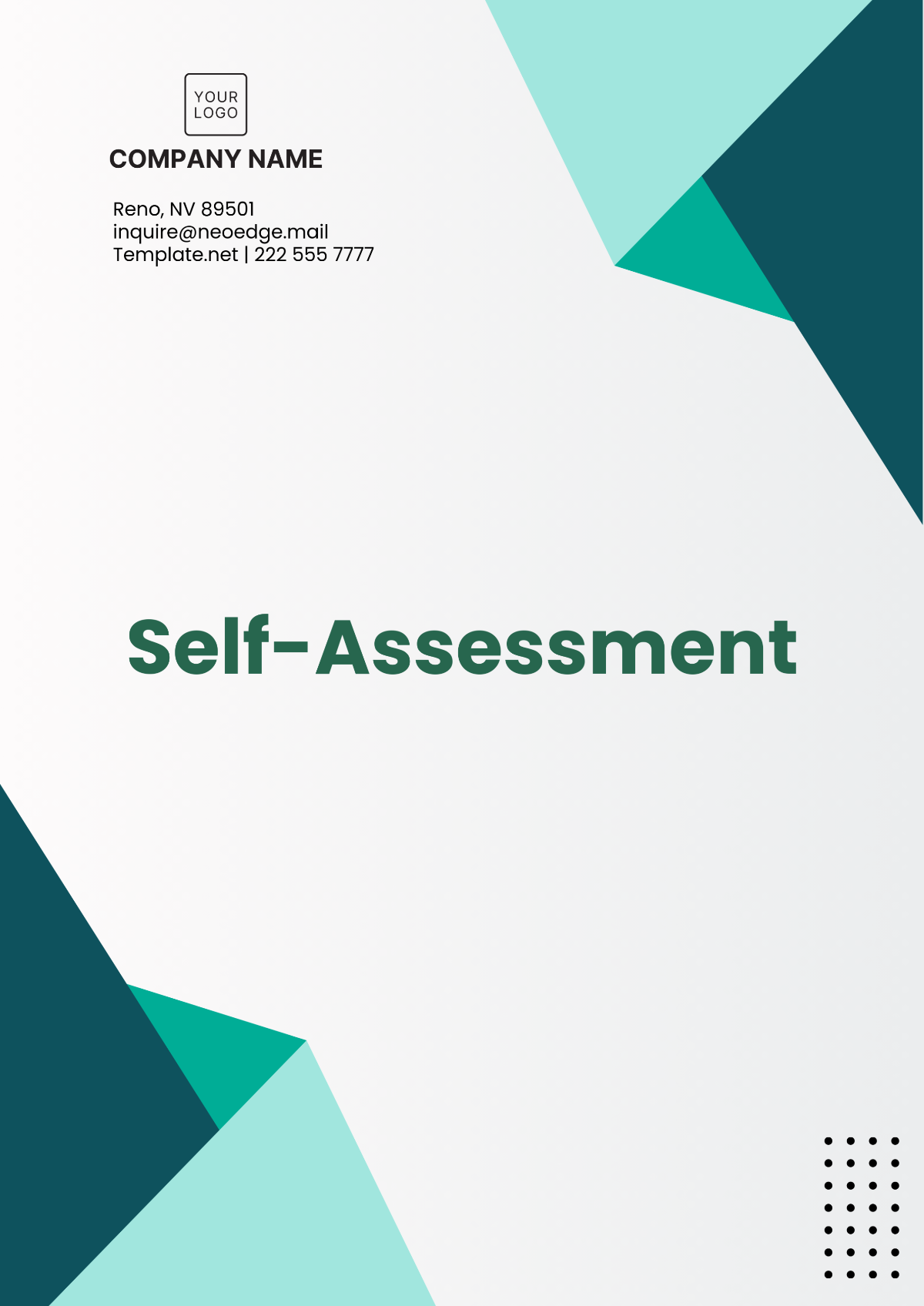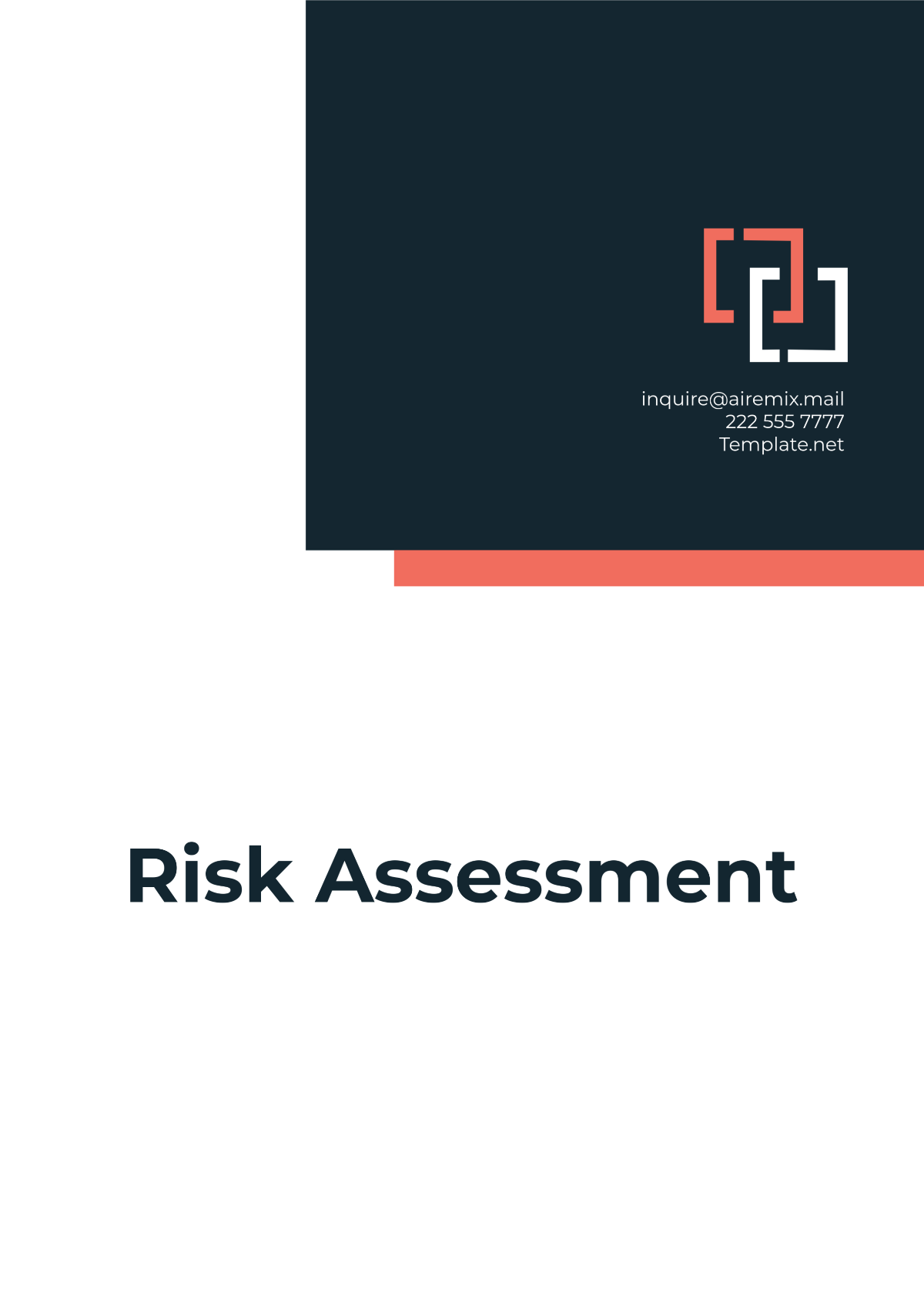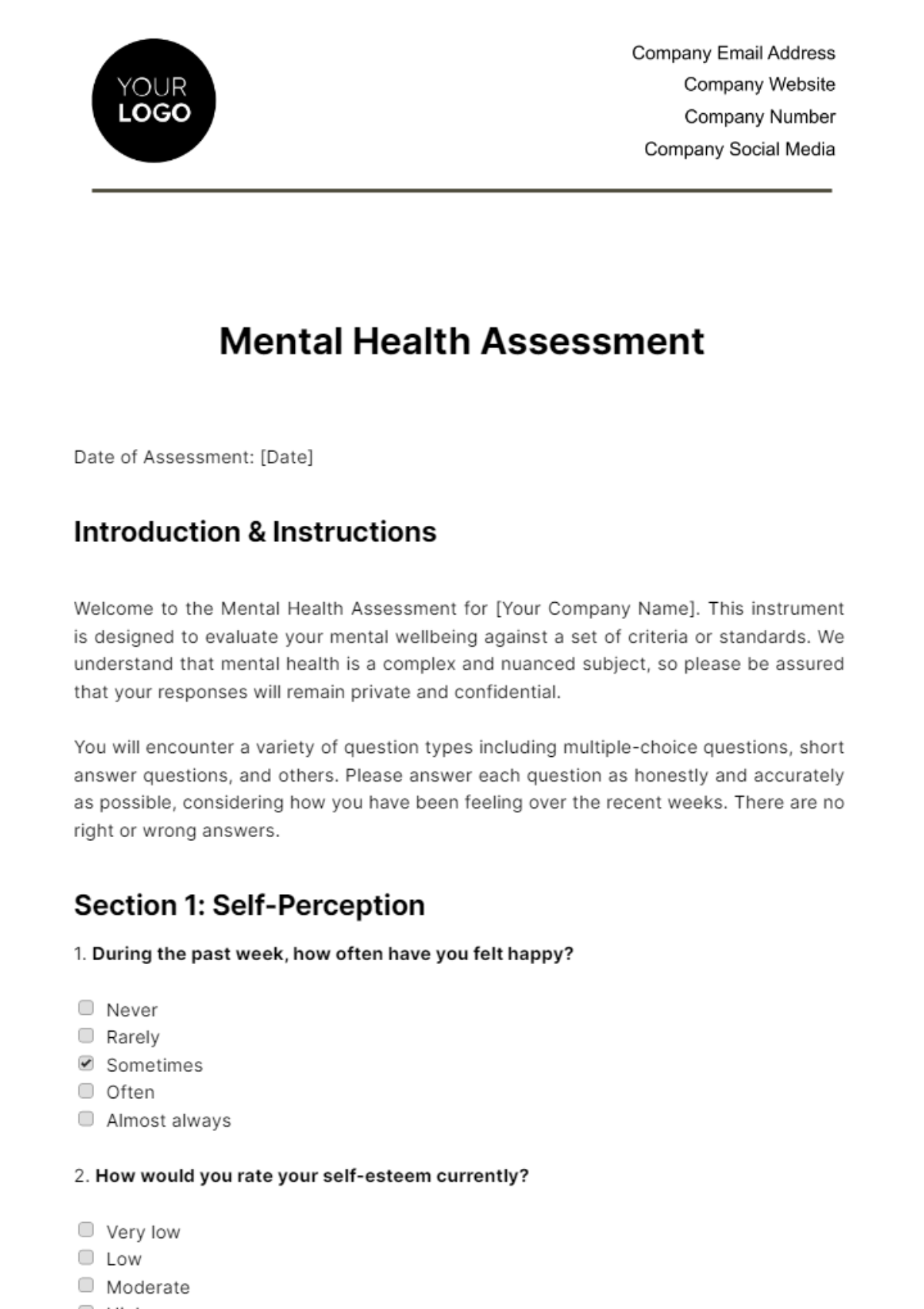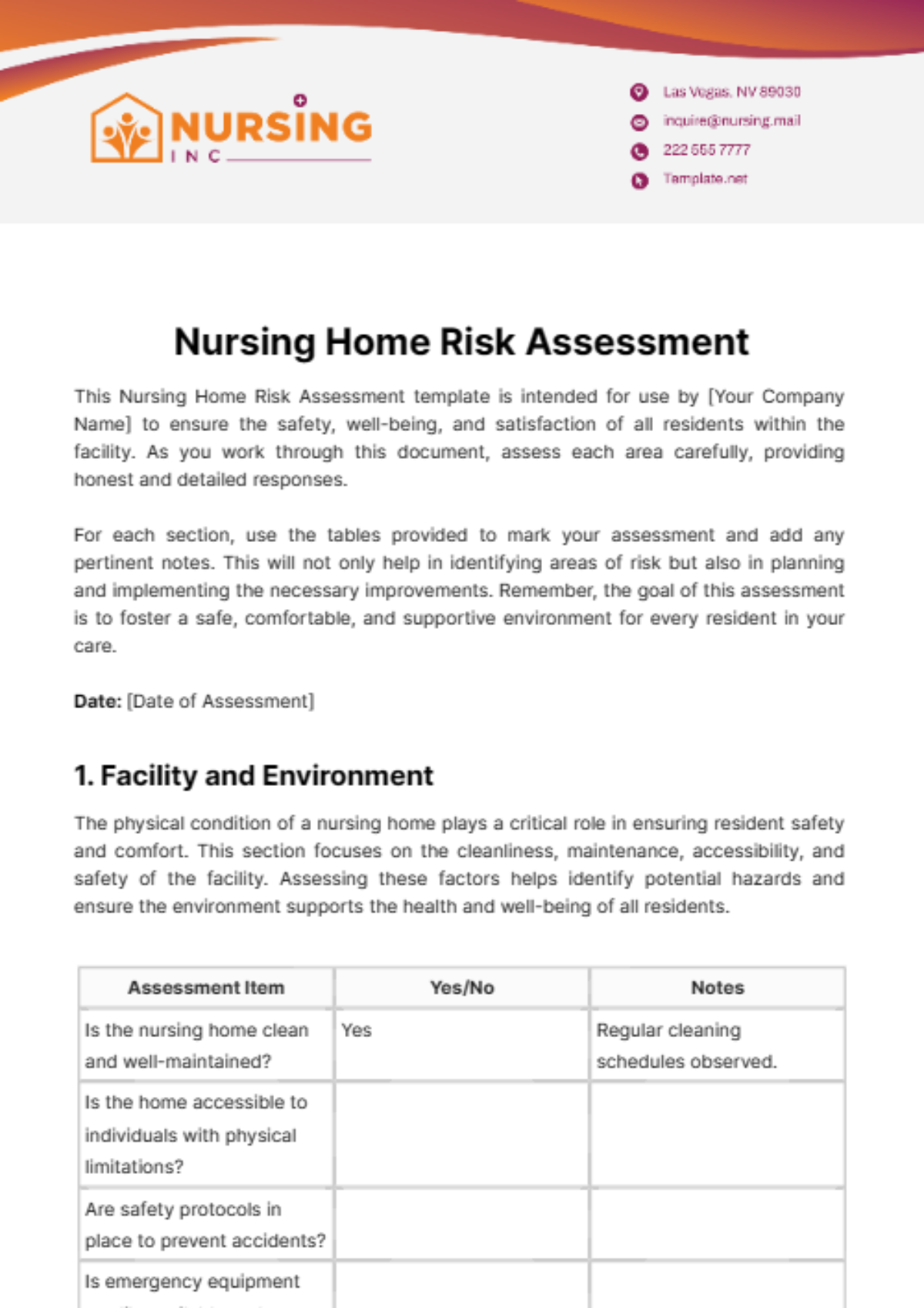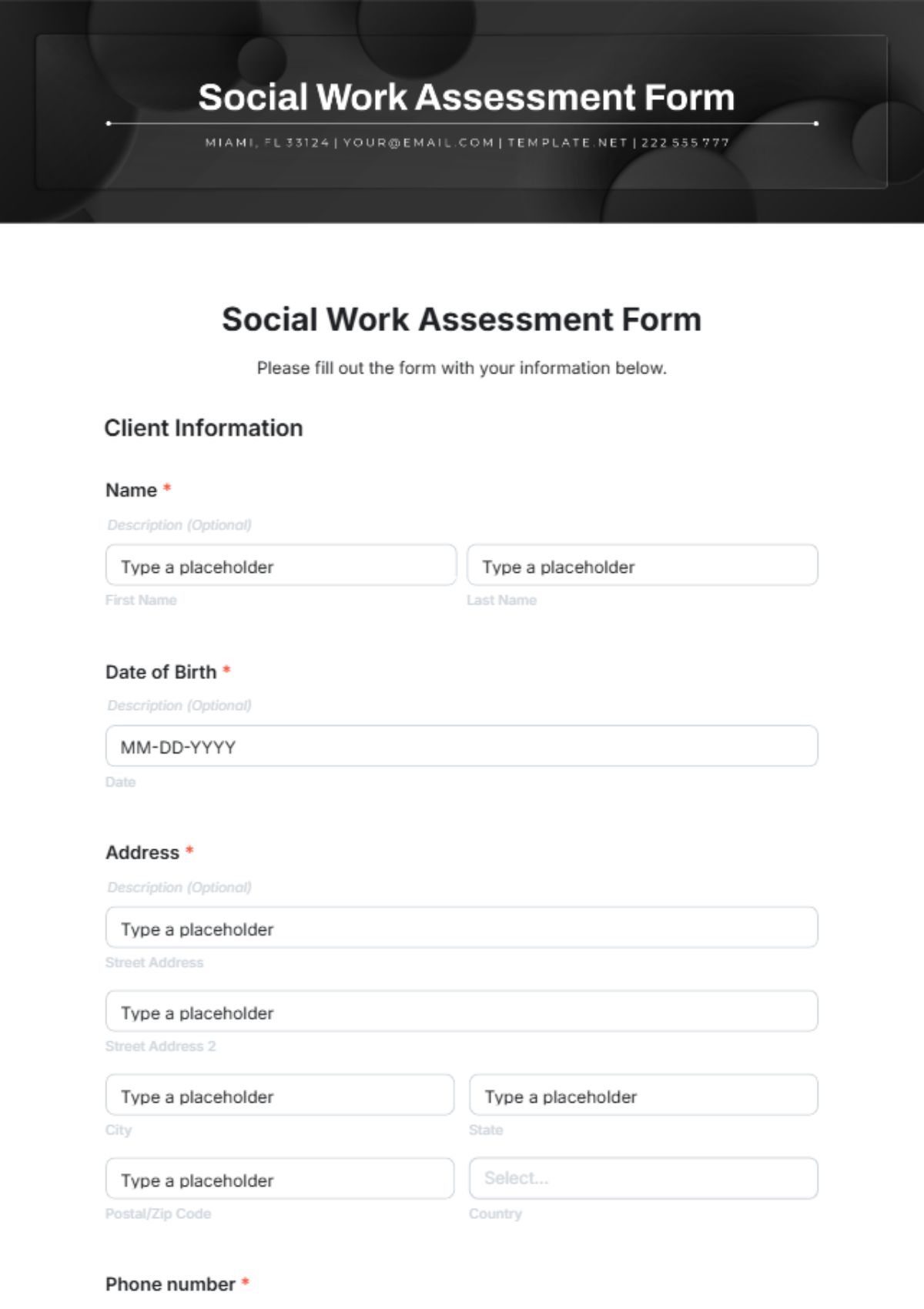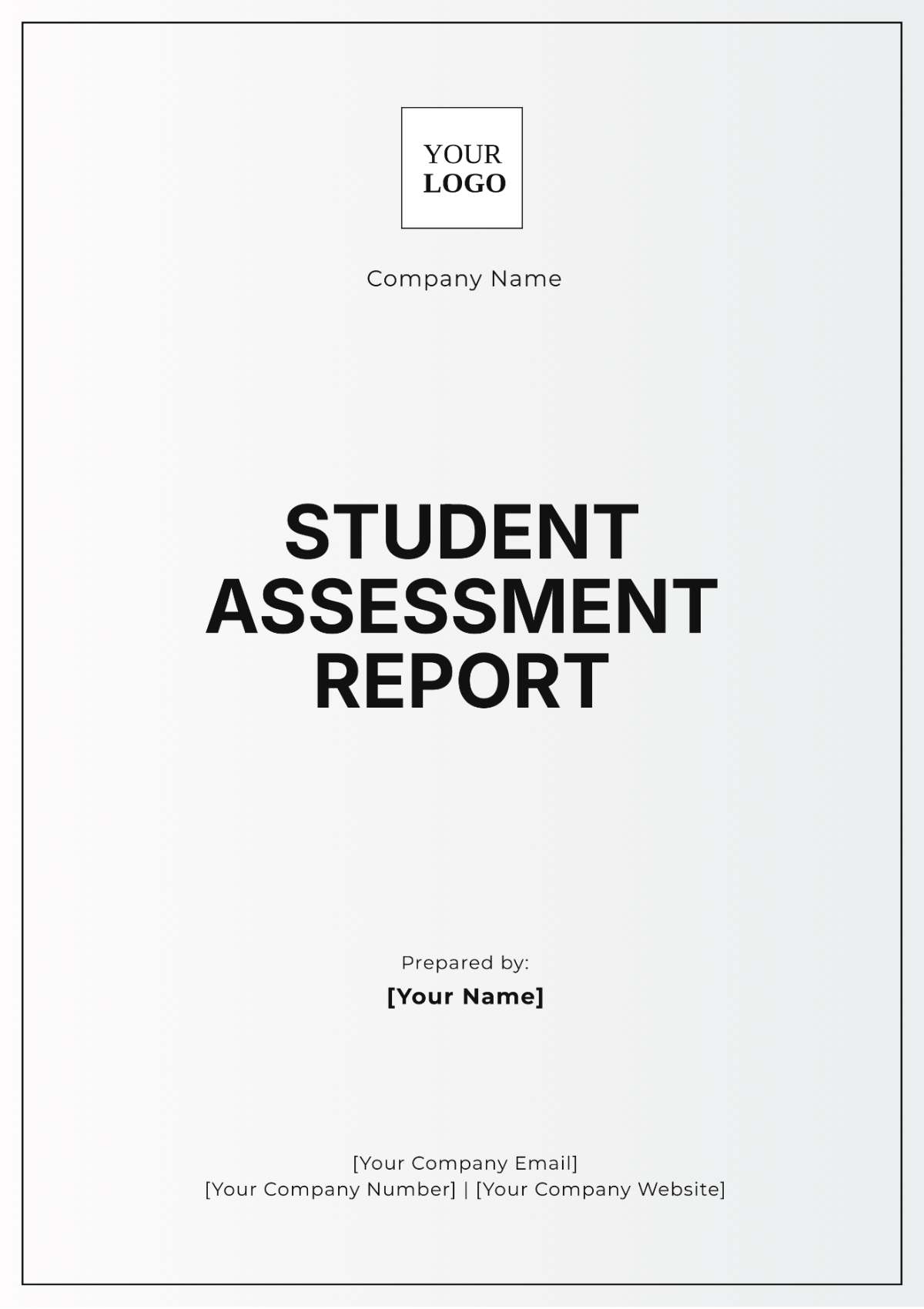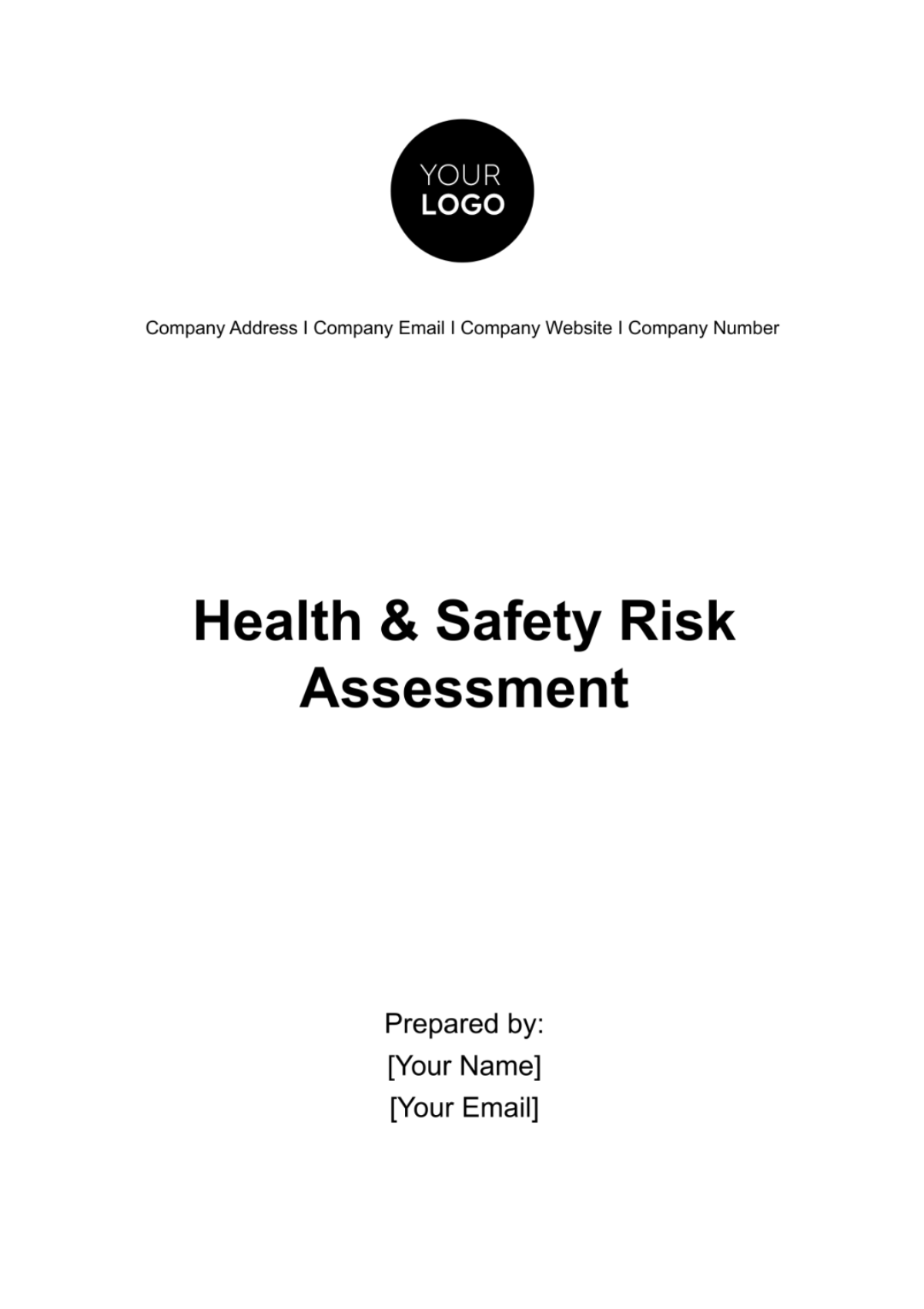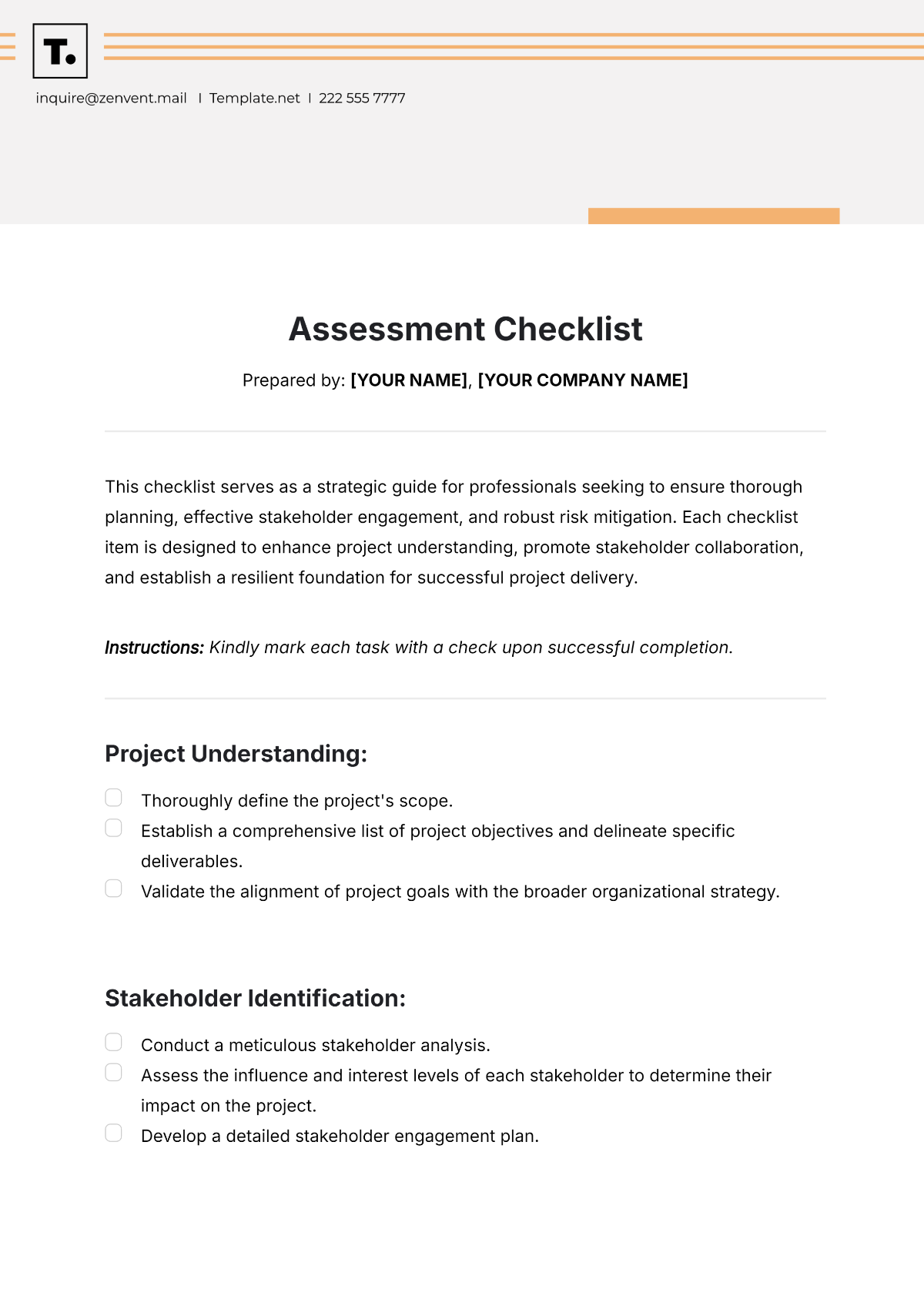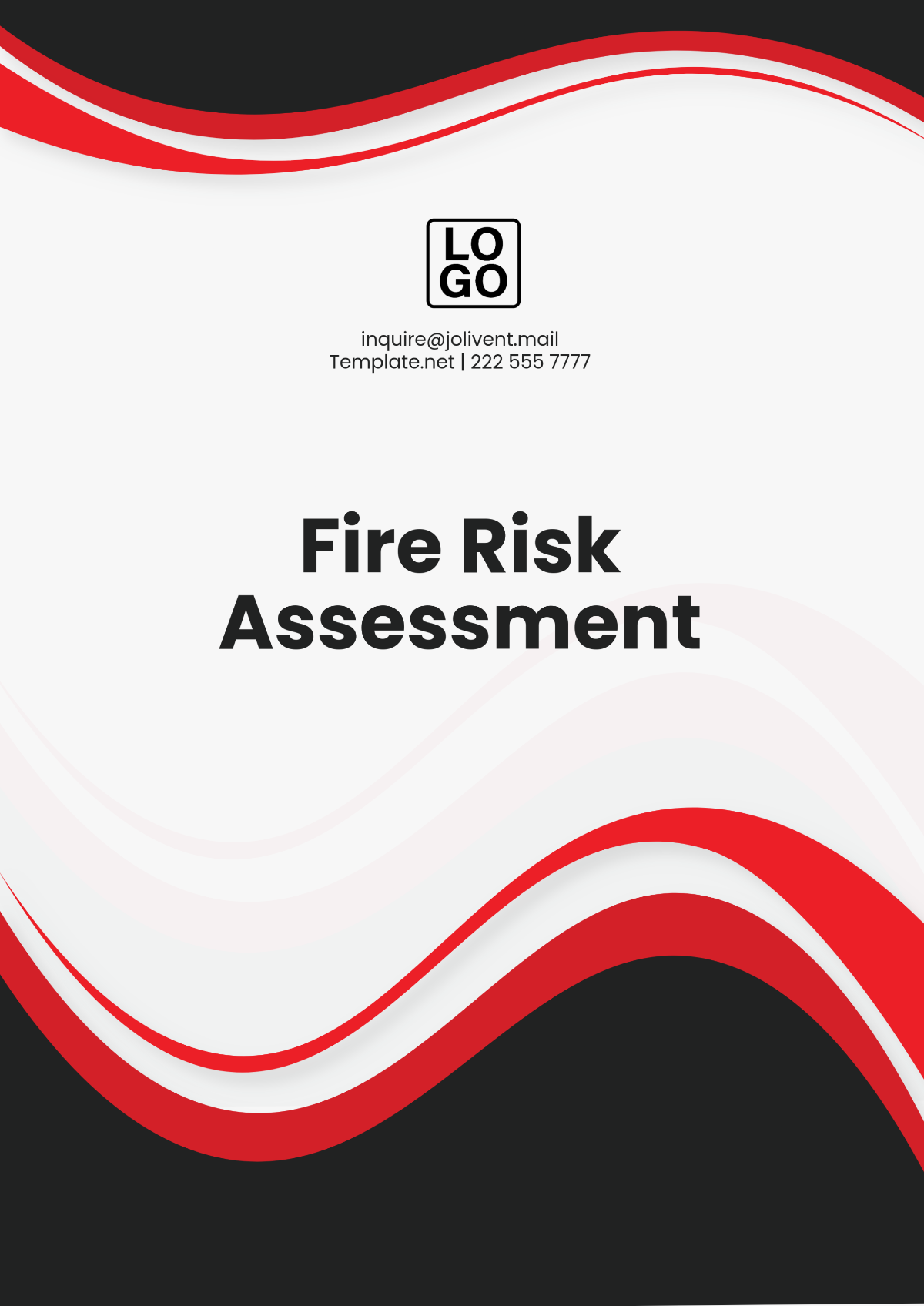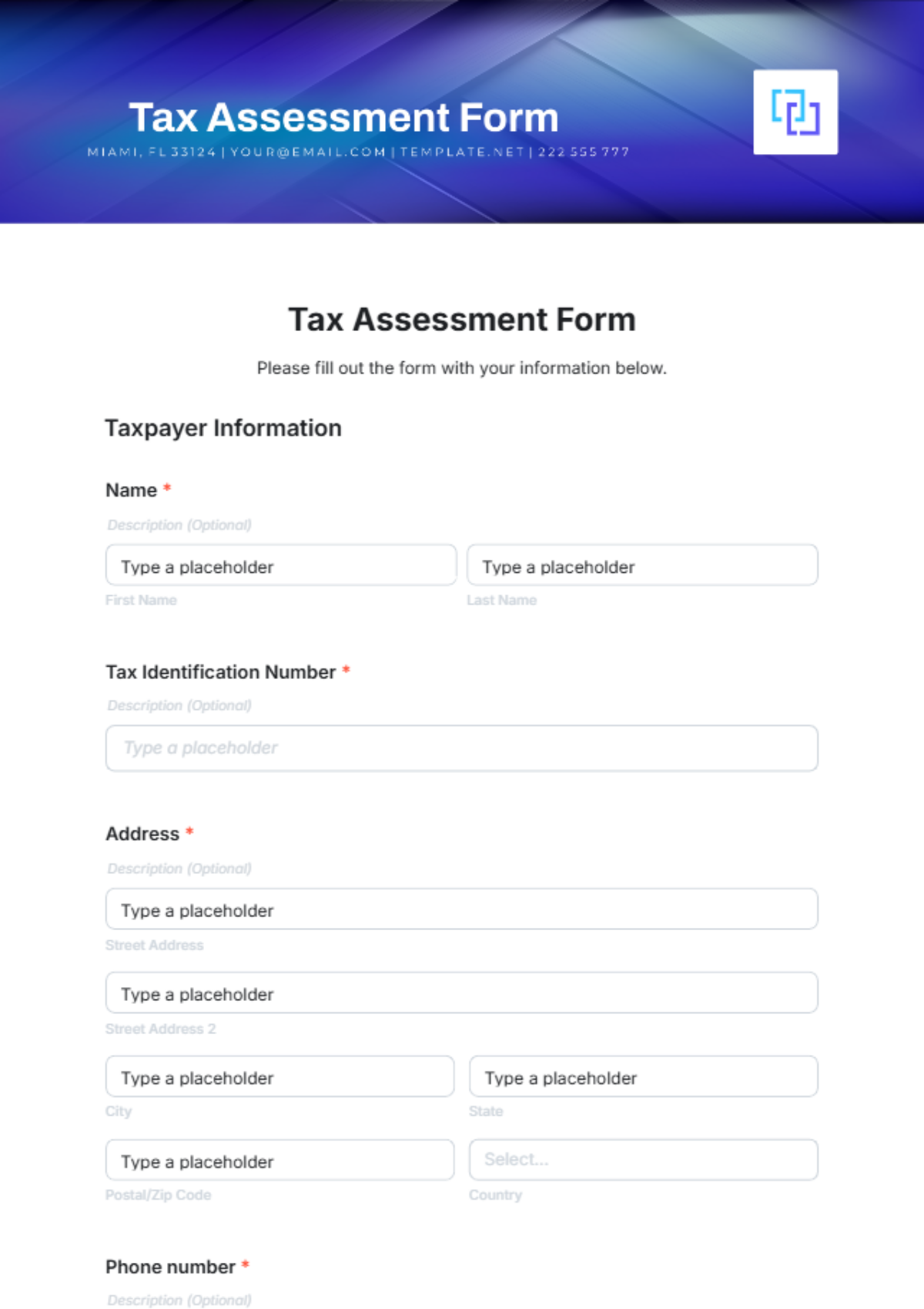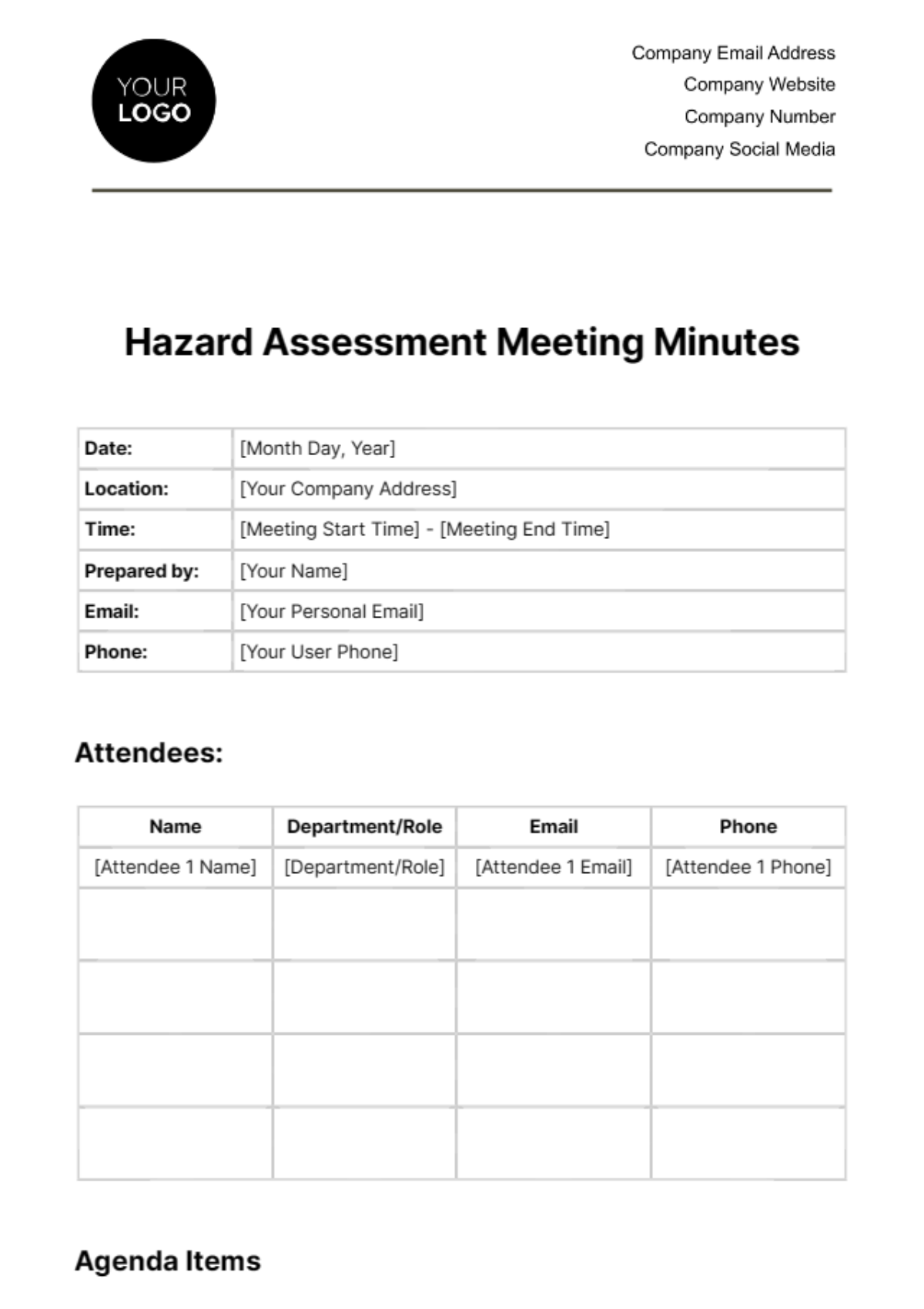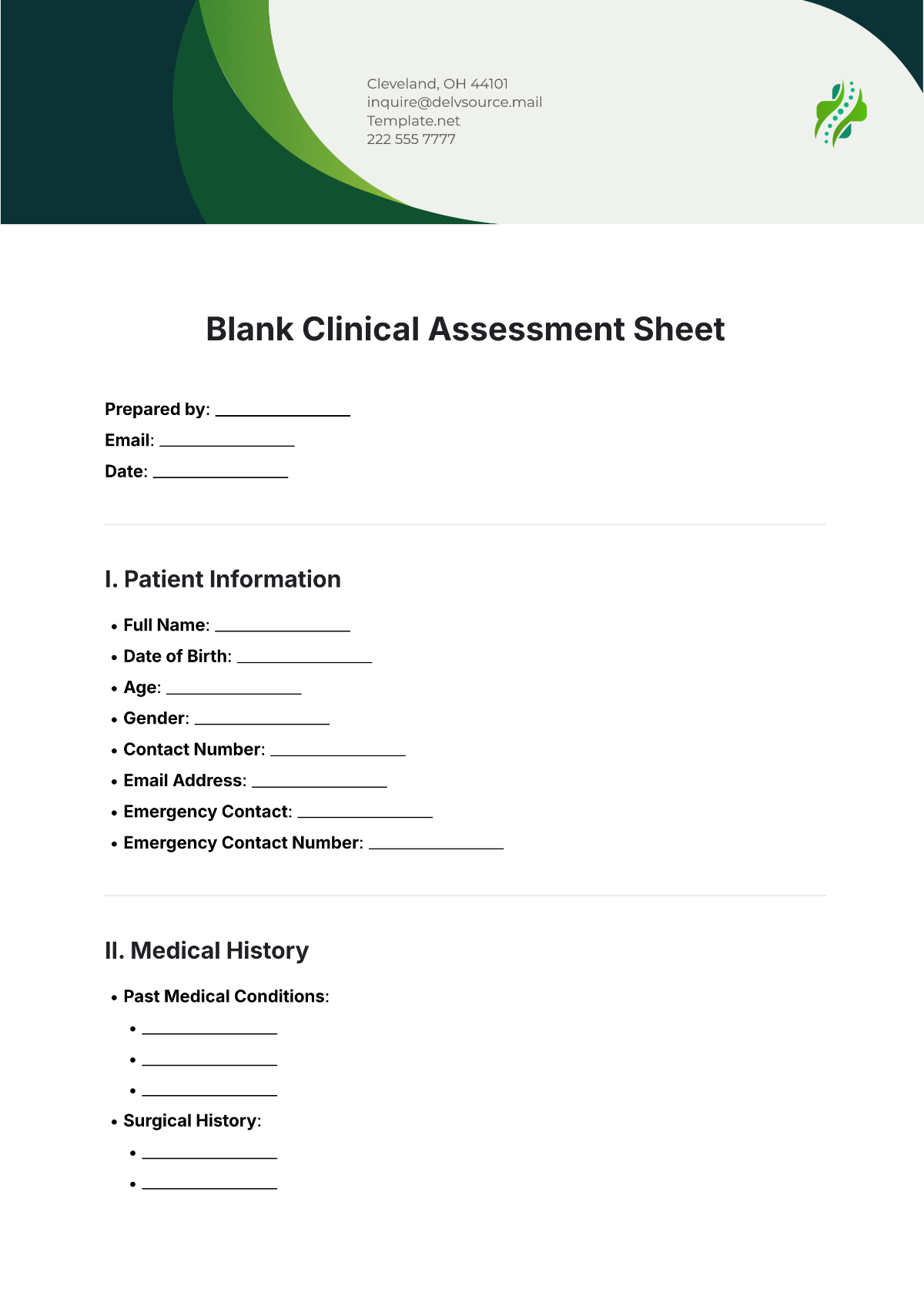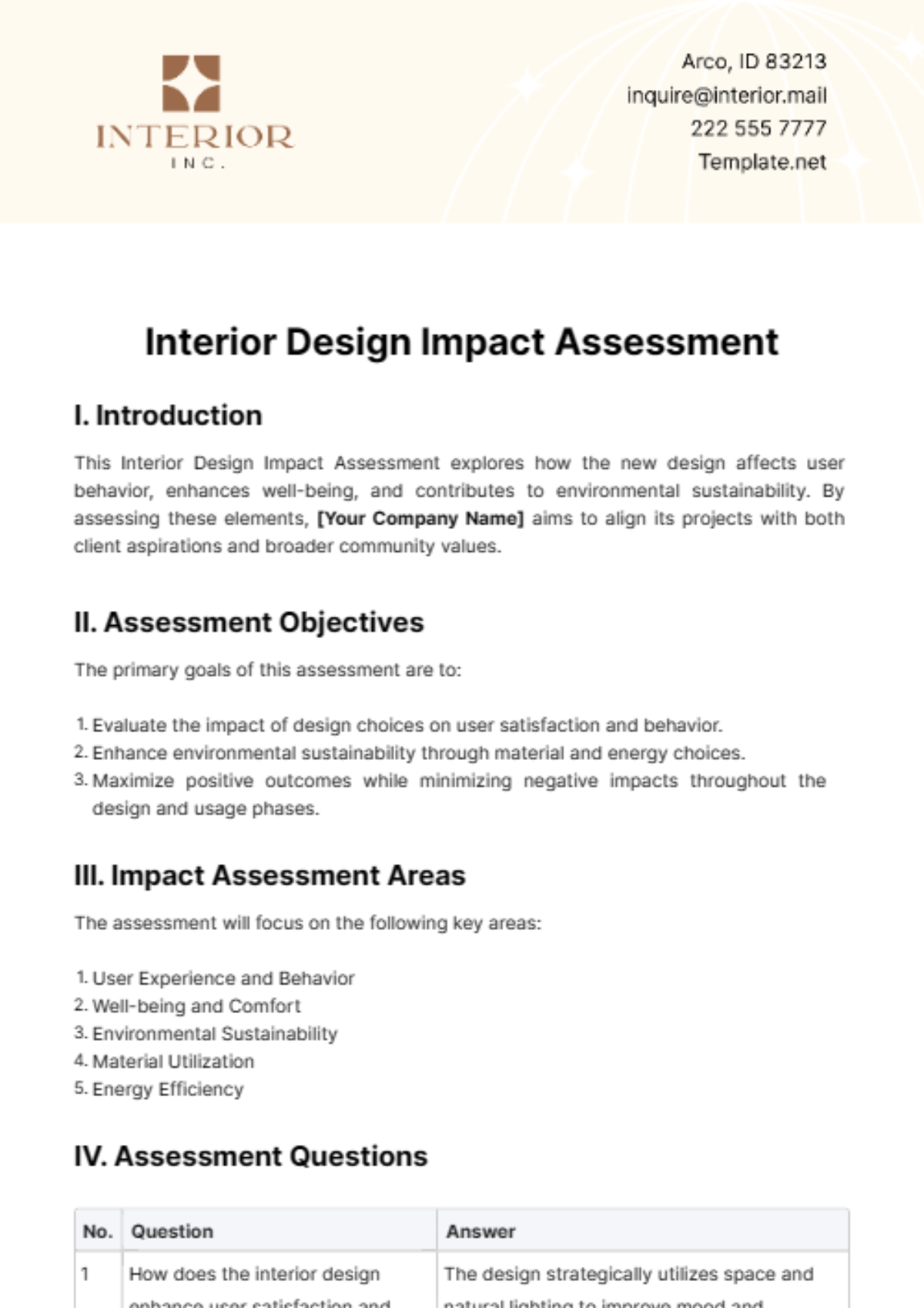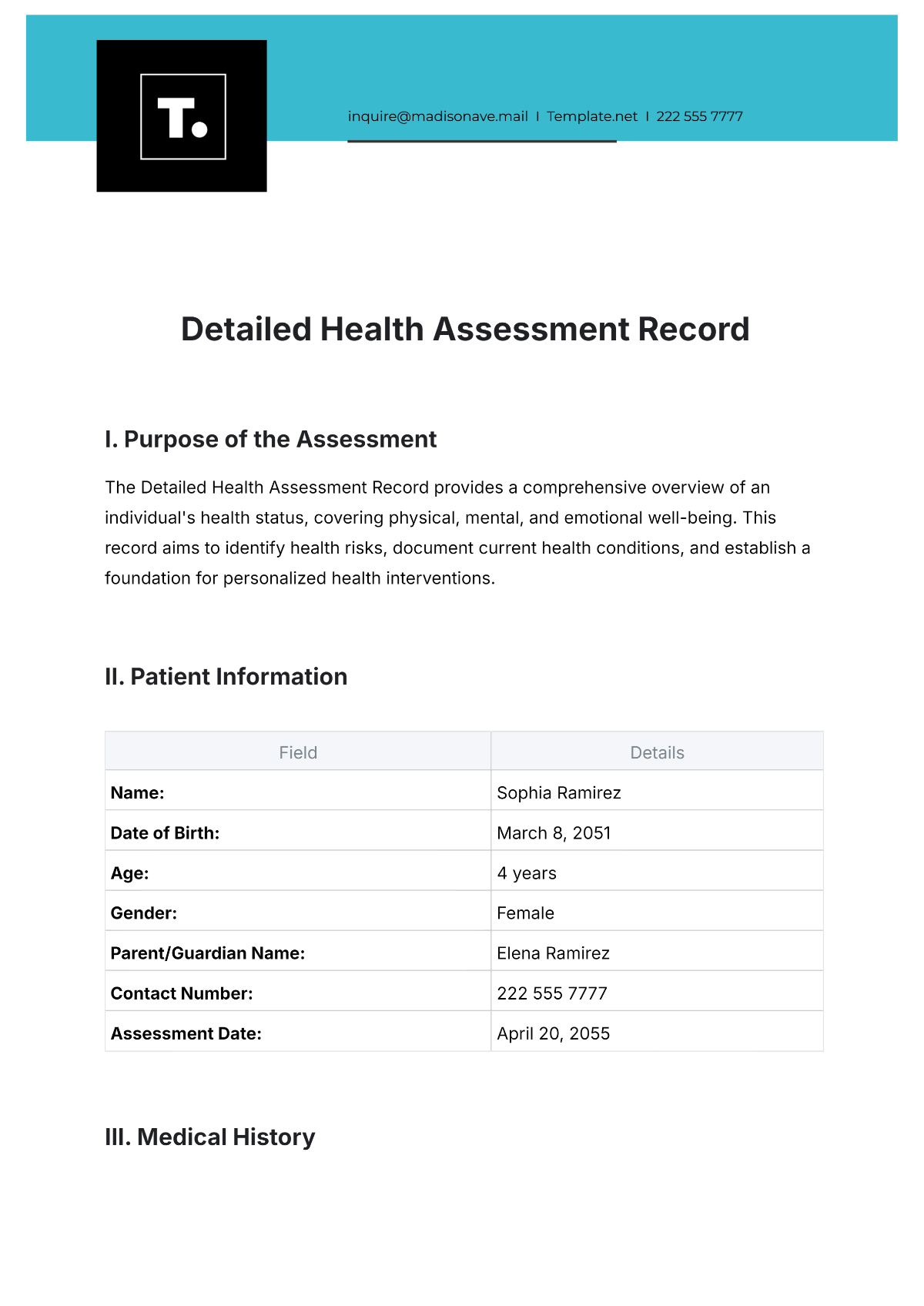Free Observational Study in Public Health
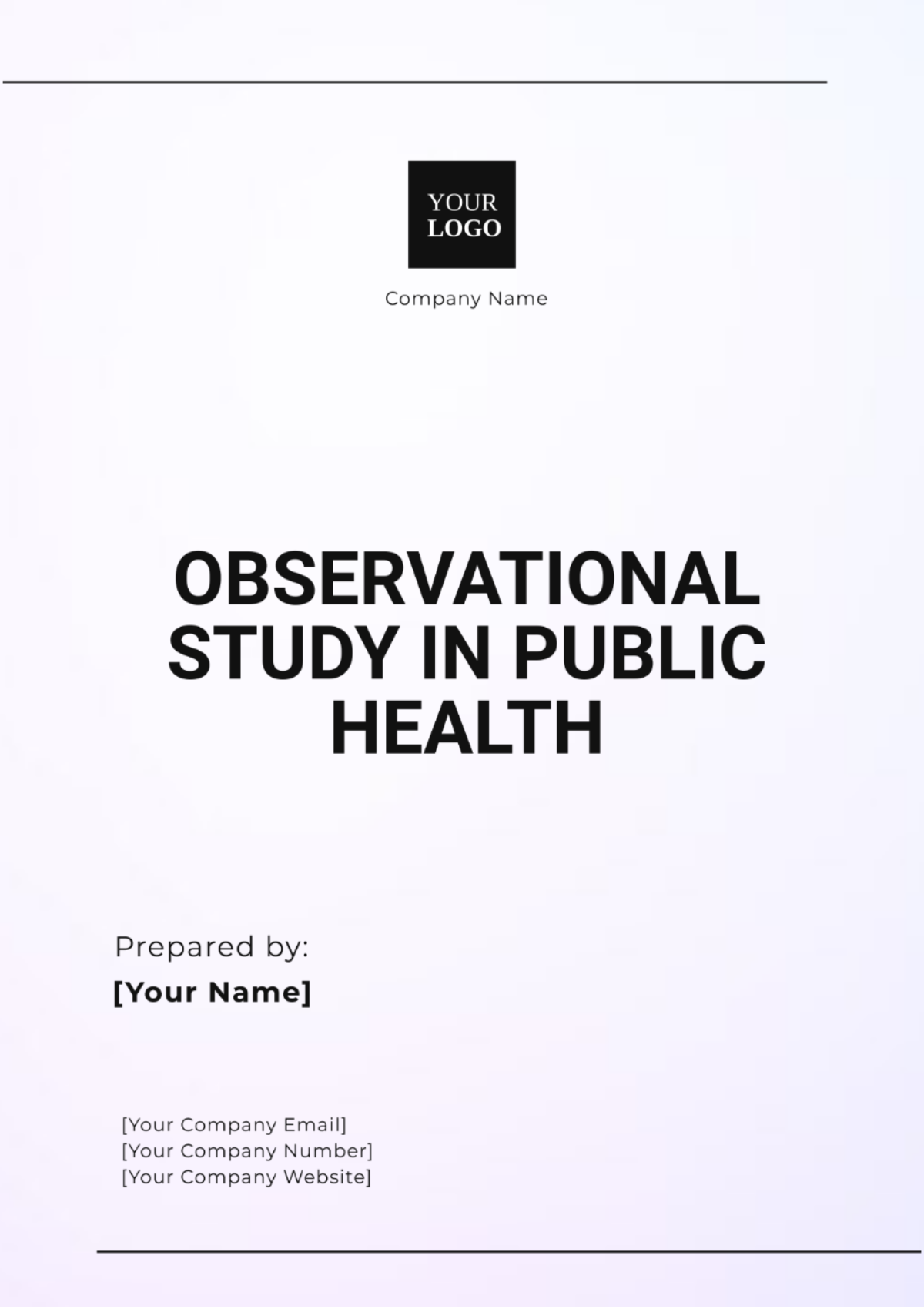
- 100% Customizable, free editor
- Access 1 Million+ Templates, photo’s & graphics
- Download or share as a template
- Click and replace photos, graphics, text, backgrounds
- Resize, crop, AI write & more
- Access advanced editor
Enhance public health research with Template.net's Observational Study in Public Health Template. This editable and customizable template offers a structured format for recording health patterns, behaviors, and environmental factors. Editable in our Ai Editor Tool, it allows you to modify sections to fit the unique requirements of your study, ensuring accurate data collection for improved health outcomes.
You may also like
Observational Study in Public Health
Prepared by: [YOUR NAME]
Date: [DATE]
I. Introduction
The rising levels of air pollution in urban areas have become a major public health concern, particularly regarding respiratory health. Numerous studies suggest a link between long-term exposure to polluted air and respiratory conditions such as asthma, chronic obstructive pulmonary disease (COPD), and other lung-related illnesses. The objective of this observational study is to evaluate the correlation between air pollution exposure and respiratory health outcomes in residents of urban areas, specifically focusing on the rates of respiratory diseases over five years.
II. Methods
A. Study Design
This research is structured as a five-year longitudinal cohort study, carefully following a chosen sample population to examine and analyze the rates and patterns of respiratory diseases, aiming to determine a relationship between these diseases and the fluctuating air pollution levels experienced by the participants.
B. Population
The study population consists of 5,000 adults aged 20 to 65 living in three major urban areas with varying levels of air pollution: City A (high pollution), City B (moderate pollution), and City C (low pollution). Participants have no prior history of chronic respiratory diseases at the start of the study.
C. Data Collection
Air Pollution Levels: Data on air pollution (e.g., PM2.5 and NO2 concentrations) are collected from local environmental agencies and averaged monthly.
Health Data: Respiratory health outcomes are assessed through medical records, annual health check-ups, and participant surveys about respiratory symptoms (e.g., wheezing, coughing, shortness of breath).
Confounding Factors: Factors such as age, smoking status, occupational exposures, and physical activity levels are collected to adjust for potential confounders.
D. Analysis
Statistical analyses will include multivariate regression models to assess the relationship between air pollution exposure and respiratory health outcomes, controlling for confounding variables. Disease incidence rates will be compared across the three cities.
III. Results
Preliminary findings from the observational study show a strong correlation between higher levels of air pollution and increased rates of respiratory illnesses across the three urban areas. Over the five years, the participants from City A, which has the highest recorded levels of air pollution, experienced the most significant health impacts compared to those from Cities B and C. Key findings include a marked increase in asthma, COPD, and other respiratory conditions.
A. Respiratory Disease Incidence Rates
The table below summarizes the number of new cases of asthma, COPD, and other respiratory conditions observed across the three cities:
City | Average PM2.5 Levels (µg/m³) | New Asthma Cases (%) | New COPD Cases (%) | Other Respiratory Conditions (%) |
|---|---|---|---|---|
City A | 85 | 30% | 20% | 25% |
City B | 55 | 18% | 12% | 15% |
City C | 30 | 8% | 5% | 7% |
City A: Participants in City A, exposed to the highest pollution levels (PM2.5 average of 85 µg/m³), reported a 30% increase in new asthma cases and a 20% increase in COPD diagnoses. Additionally, 25% of the participants developed other respiratory conditions, such as chronic bronchitis or frequent respiratory infections.
City B: City B, with moderate pollution (PM2.5 average of 55 µg/m³), saw an 18% increase in asthma cases and a 12% rise in COPD diagnoses. Other respiratory conditions were reported by 15% of participants.
City C: City C, with the lowest pollution levels (PM2.5 average of 30 µg/m³), had the fewest respiratory health impacts. Asthma cases increased by 8%, while COPD cases rose by 5%, with 7% of participants experiencing other respiratory symptoms.
B. Symptom Prevalence
Participants also reported various respiratory symptoms over the study period. The prevalence of chronic symptoms such as cough, wheezing, and shortness of breath was significantly higher in areas with elevated pollution levels:
Symptom | City A (%) | City B (%) | City C (%) |
|---|---|---|---|
Chronic Cough | 45% | 30% | 15% |
Wheezing | 38% | 28% | 12% |
Shortness of Breath | 40% | 25% | 10% |
City A: Nearly half of the participants (45%) experienced chronic coughing, while 40% reported shortness of breath, and 38% suffered from persistent wheezing.
City B: Participants reported moderate levels of respiratory symptoms, with 30% experiencing chronic coughing and 28% wheezing.
City C: Residents in City C, with the lowest pollution levels, reported the fewest symptoms, with 15% experiencing chronic cough, 12% wheezing, and 10% shortness of breath.
C. Statistical Analysis
A multivariate regression analysis was conducted to assess the relationship between air pollution levels and the incidence of respiratory diseases, adjusting for confounding factors such as age, smoking status, and occupational exposures. The analysis revealed that each 10 µg/m³ increase in PM2.5 levels was associated with:
A 5% increase in asthma incidence (p < 0.01),
A 3% increase in COPD diagnoses (p < 0.05),
A 4% increase in other respiratory conditions (p < 0.01).
D. Summary of Findings
The data demonstrates a clear trend: higher pollution levels are strongly associated with increased respiratory health risks. Residents of City A, the most polluted urban area, experienced significantly higher rates of respiratory diseases and symptoms compared to those in Cities B and C. The findings emphasize the urgent need for pollution reduction strategies to mitigate the health burden on affected populations.
IV. Discussion
This observational study highlights the significant impact of air pollution, particularly PM2.5, on respiratory health in urban populations. Higher pollution levels were strongly associated with increased rates of asthma, COPD, and other respiratory conditions, with City A experiencing the most severe health outcomes.
A. Comparison with Existing Literature
The findings align with previous studies, such as Smith et al. (2052) and Johnson et al. (2050), which also link long-term pollution exposure to respiratory diseases. This study further confirms that urban residents in highly polluted areas are particularly at risk.
B. Key Factors and Confounders
Although factors like smoking, occupation, and lifestyle were considered, the strong association between air pollution and respiratory diseases persisted, suggesting that pollution is an independent risk factor.
C. Health Policy Implications
These results emphasize the need for public health policies aimed at reducing pollution, particularly in high-risk urban areas. Efforts should focus on controlling pollution sources and raising awareness of the health risks associated with poor air quality.
D. Limitations
The study's reliance on self-reported symptoms may lead to data inaccuracies. It also did not account for indoor air pollution and focused primarily on PM2.5, leaving other pollutants such as NO2 and ozone for future study.
E. Future Research Directions
Conducting a comprehensive examination into the sustained and lasting impacts on public health that result from decreasing pollution levels in metropolitan and urban environments.
Exploring the specific impact of other air pollutants beyond PM2.5, including ozone and nitrogen dioxide.
Conducting similar studies in different climates and geographical regions to compare results globally.
V. Conclusion
This study provides strong evidence of the relationship between air pollution and respiratory health in urban environments. The data clearly demonstrate that higher levels of air pollution, particularly PM2.5, are associated with an increased risk of respiratory diseases such as asthma and COPD. Participants in highly polluted areas, such as City A, experienced significantly more adverse health outcomes compared to those in less polluted areas.
These findings stress the importance of addressing air pollution through public health interventions and policies aimed at reducing pollution sources. By taking action to improve air quality, cities can potentially reduce the incidence of respiratory diseases and improve overall public health outcomes. Further research is essential to explore the long-term effects of pollution reduction and to assess interventions that could mitigate the health impacts on urban populations.
VI. References
Smith, J. et al. (2052). "Air Pollution and Respiratory Diseases: A Global Perspective." Journal of Environmental Health, 55(2), 123-135.
Johnson, R. et al. (2050). "Long-Term Exposure to Air Pollutants and Respiratory Health in Urban Areas." Public Health Reports, 145(3), 234-245.
World Health Organization (2051). "Air Quality Guidelines." WHO Report on Air Quality and Health.





